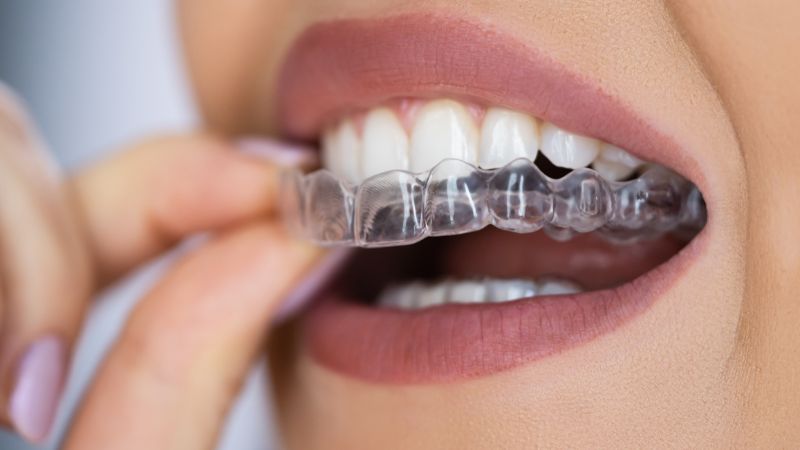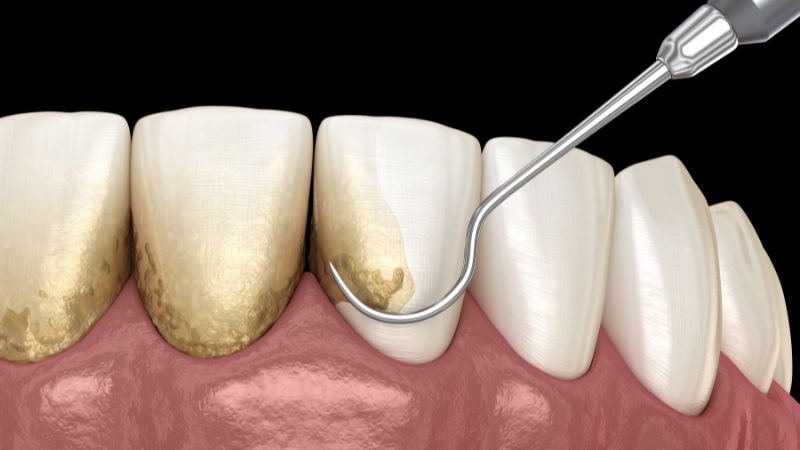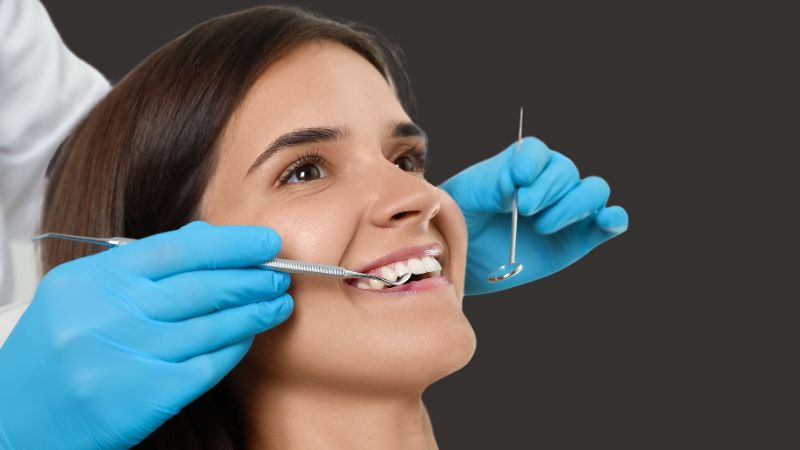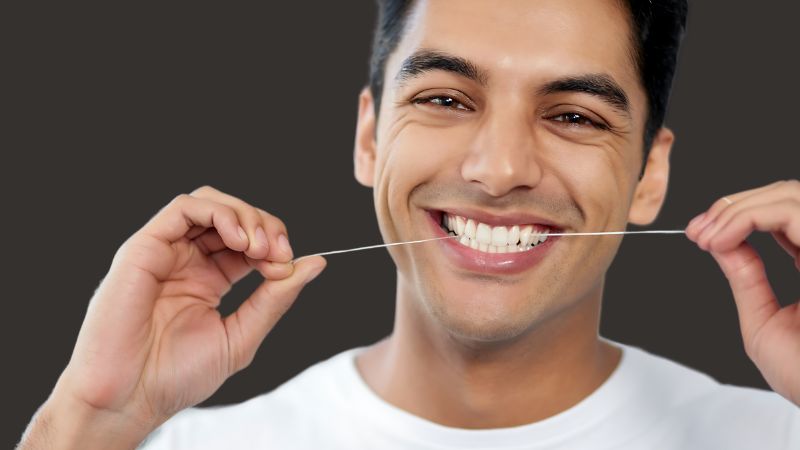Blog
Clear Aligners in Tirupati

The Benefits of Clear Aligners Over Traditional Braces
It can be tricky to decide between traditional metal braces and transparent aligners when it comes to orthodontic treatments. While clear aligners, like Invisalign, have become more popular as a more contemporary alternative to traditional braces, which have long been the preferred approach for straightening teeth. These clear, custom-made trays provide a discreet, comfortable, and convenient way to achieve a straighter smile.
In this post, we will see the advantages of clear aligners and why they might be the better choice for your orthodontic needs.
What Are Clear Aligners?
Clear aligners are transparent, removable trays that gradually shift your teeth into alignment. These aligners are made from smooth, durable plastic and are designed specifically for each patient’s unique dental structure using advanced 3D technology. Unlike traditional braces, clear aligners don’t use metal brackets or wires, making them a far less noticeable option for teeth straightening.
Aesthetically Discreet
One of the most significant advantages of clear aligners is their discreet nature. Unlike traditional braces, which involve metal brackets and wires, clear aligners are made of virtually invisible plastic. For adults and teenagers who might be self-conscious about having visible braces, this makes them far less conspicuous when worn. Clear aligners are a more cosmetically acceptable option to traditional braces since they fit in perfectly with your smile whether you're at work, school, or out with friends.
Comfortable and Less Irritating
The purpose of clear aligners is comfort. Unlike metal braces, which frequently cause irritation to the inside of your mouth, these braces are comprised of smooth plastic. Especially after adjustments, the metal brackets and wires of traditional braces can result in ulcers on the inside cheeks and gums. Clear aligners, on the other hand, have no sharp edges or pieces that can rub against your mouth. They apply gentle pressure to move your teeth gradually into the desired position, which typically results in less discomfort than traditional braces.
Convenient and Removable
Another key advantage of clear aligners is that they are removable. Traditional braces are fixed to your teeth for the duration of your treatment, but aligners can be taken out whenever necessary. This removability offers several benefits:
- Easier Oral Hygiene: Cleaning your teeth with traditional braces can be a challenge, as food particles and plaque can get trapped around the brackets and wires. With clear aligners, you can simply remove them when brushing and flossing, making it much easier to maintain good oral hygiene throughout your treatment.
- No Food Restrictions: Certain foods, such as nuts, sticky candies, and hard meals, are frequently discouraged for people wearing traditional braces because they can harm the brackets or get caught in the wires. Because you may take off your clear aligners before eating, you can indulge in all of your favorite meals without fear of harming your treatment.
- Simple to Clean: Clear aligners are easy to clean. You can wash them with a toothbrush and water, or use specialized cleaning products. This is much simpler than cleaning traditional braces, which often require extra care to ensure food doesn’t get stuck between the brackets and wires.
Fewer Orthodontic Visits
Clear aligners usually require fewer visits. Once your treatment plan is set, you’ll receive a series of aligners to wear in sequence, with check-ins every 6 to 8 weeks to monitor progress. This reduced frequency of visits is not only convenient but also helps you save time compared to traditional braces.
More Predictable Results with Technology
Clear aligners are made using state-of-the-art 3D technology that allows orthodontists to create a precise treatment plan according to your needs. This technology helps map out each stage of your treatment, ensuring that your teeth move gradually and predictably into alignment. Unlike traditional braces, where adjustments are made manually and may involve some trial and error, clear aligners provide a more detailed, digital treatment plan, resulting in more predictable outcomes.
Versatile for a Range of Issues
While clear aligners are often associated with treating mild to moderate alignment issues, they are now effective for addressing a wide variety of dental concerns, including overbites, underbites, crowded teeth, and gaps between teeth. With the advancements in aligner technology, many orthodontists are able to treat more complex cases, making clear aligners a versatile option for patients of all ages. Traditional braces may still be the better option for more severe cases, but clear aligners are increasingly suitable for a broad range of needs.
Faster Treatment Times
For many patients, clear aligners can offer quicker results than traditional braces. The aligners are designed to make small, controlled movements of your teeth over a set period. By following the prescribed wear schedule (typically 20-22 hours per day), many patients see significant improvements faster than they would with traditional braces.
Of course, the exact treatment time varies based on the complexity of your case. Still, many people find that aligners deliver results in a shorter amount of time than traditional metal braces.
Conclusion
Make an appointment with an orthodontist to determine if clear aligners are the perfect choice. Thanks to the latest developments in orthodontic treatment, getting a straighter, more confident smile has never been simpler.
Straighten your teeth comfortably with clear aligners at the best dental clinic in Tirupati. Say goodbye to metal braces—book your consultation today!









